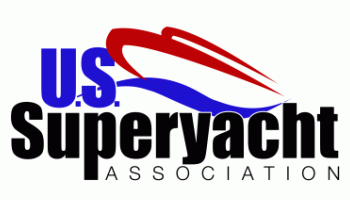What is STCW Basic Safety Training (BST)?
All crewmembers working aboard commercial vessels (which means all charter yachts) are required to have what is called an STCW Basic Safety Training International Certificate of Competency, referred to generally as basic safety training. When crew recruiters and captains ask entry-level crew, “Have you got your STCW?” or “Do you have your basic safety training?”—this is what they are talking about.
The five-day STCW Basic Safety Training (BST) Course is aimed mostly at those going to sea for the first time. It teaches essential safety information that every seafarer should know, such as how to deal with onboard emergencies (which hopefully won’t ever happen, but at least if you have training, you stand a much better chance of coming out okay). Specifically, the four important skills it covers are sea survival, first aid, personal safety, and firefighting.
Note: You will occasionally see this course written with reference to “STCW ’95” or “STCW ’95, as amended” or possibly even “STCW ’78, as amended.” Due to the confusion with dates, the coast guard offices are now simply referring to it as STCW, as amended. I will address why that is in the next section. Please know that I am referring to the same thing.
Click here for a quick background on the STCW Code and its 2010 Manila Amendments.
STCW Basic Safety Training Standards
Essentially, the STCW code requires every level of crewmember to have some sort of minimum training. The level of certification that crew must receive is based on the capacity in which they serve onboard (their crew position), and on what type of vessel.
As one goes up the career ladder, the training requirements increase. The idea here is that if someone is a first mate on a boat in France, and another is a first mate on a similar-sized vessel in Australia, these two individuals should both have had the same sort of training. The schooling and the institutions where it was received may be different, but it will be based on, and in compliance with, the same broad outline of the STCW code.
For entry-level crew, the IMO set down regulations for the most basic level of safety training. For example, what to do in the event someone injures himself (first aid), and what happens if you have to abandon ship and get into a life raft (sea survival).
Then, there’s firefighting. If you don’t treat a fire quickly and correctly, you’re going to have to get off the boat, so seafarers need to know how to deal with a fire. With regard to personal safety and social responsibility: how to conduct yourself onboard, how not to injure yourself, and how to look after yourself and the rest of your crew (what you do and don’t do).
These are the things the IMO wants all mariners to know when they come into the industry.
As complicated as I know it all sounds, here’s the bottom line: Starting out as an entry-level crewmember, you just need the basics. That means taking an STCW-approved Basic Safety Training course. And moving forward, it must be compliant with the Manila Amendments of 2010 that went into effect January 2012.
Click here for a full overview of the STCW Basic Safety Training Course.
Note: The STCW is not a certificate in and of itself. Rather, you will be earning a certificate, known as an STCW Certificate for International Compliance for having completed a Basic Safety Training course that is in compliance with the minimum safety training requirements, as dictated by the STCW code. (And yes, that’s a mouthful.) The following section goes more in depth about what you can expect this course to entail.


